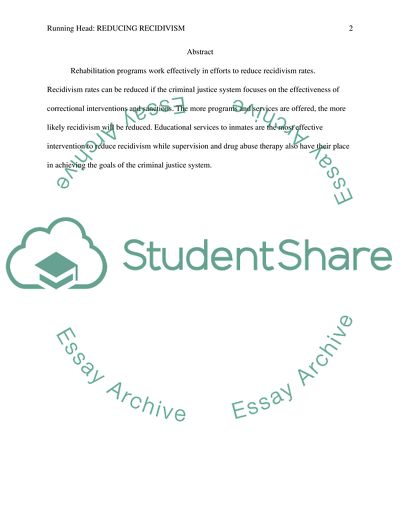Cite this document
(The Effects of Interventions and Sanctions Research Paper, n.d.)
The Effects of Interventions and Sanctions Research Paper. Retrieved from https://studentshare.org/law/1862252-reducing-recidivism-final-paper
The Effects of Interventions and Sanctions Research Paper. Retrieved from https://studentshare.org/law/1862252-reducing-recidivism-final-paper
(The Effects of Interventions and Sanctions Research Paper)
The Effects of Interventions and Sanctions Research Paper. https://studentshare.org/law/1862252-reducing-recidivism-final-paper.
The Effects of Interventions and Sanctions Research Paper. https://studentshare.org/law/1862252-reducing-recidivism-final-paper.
“The Effects of Interventions and Sanctions Research Paper”, n.d. https://studentshare.org/law/1862252-reducing-recidivism-final-paper.


